
WILDLIFE
23-02-2020 by Leni Frau
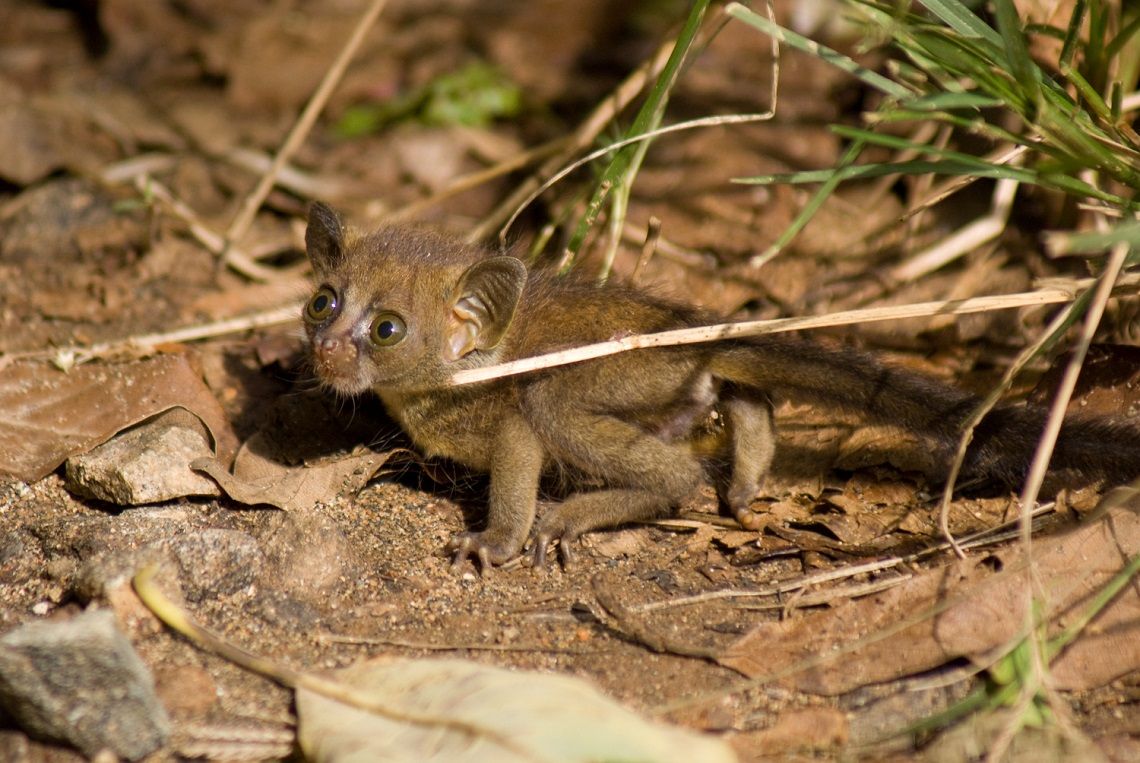
Kenya is increasingly confirmed as a land of wildlife rarities that resist the damage of extreme civilization and global climate change.
After last year in the Arabuko Sokoke forest a very rare specimen of elephant shrew with a golden tuft was sighted, now it is the turn of another animal species of which there have been no traces for some years.
A team of Finnish researchers at the University of Helsinki have proof that the Paragalagus Orinus, the dwarf mountain Galagon, still exists. It is a small comb-nosed primate native to Kenya and currently lives only in the ecosystem of the Taita Mountains, in the geographical area of the Tsavo West National Park.
Its presence had been reported by scholars only once, in 2002 and since then its traces had been completely lost.
The small primate, which weighs only between 100 and 180 grams, lives in mountain forests near the mountain range of southern Kenya, at altitudes between 1200 and 1900 meters, organizing itself in small family groups and communicating with others through characteristic acute verses.
There are other species of galagoides, all endemic to Africa and some of them very common, such as the so-called "bush baby" which is also found on the coast, in Malindi and surroundings, their scientific name is Galagoides.
Many of these species resemble each other so much that scientists had to differentiate between them according to their verses and in 2017 the category of Paragalagus was created.
Finding these rare and small arboreal primates that only move away during the night in the tropical forest was quite difficult, as the researchers who managed to make the last sighting explained. In fact, dwarf galagons make agile jumps from tree to tree and feed on moths, cicadas and other insects, while once on the ground they stealthily feed on insects, hunting those fleeing the terrible and voracious forest ants. Researchers believe that this small mammal is still on the verge of extinction. This will depend on the conservation status of the tropical areas in which they live.
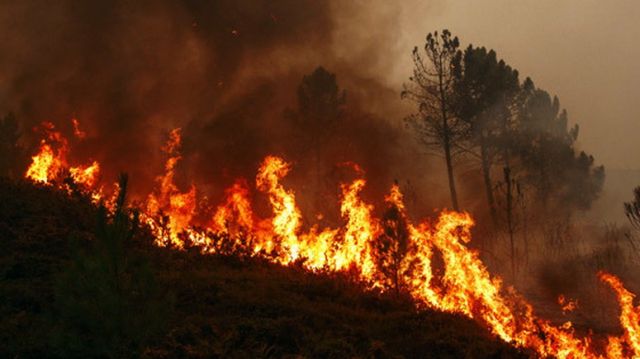
Almost every day a fire, big or small, devastates a piece of ...
TSAVO FRIENDS
by Giovanna Grampa

Finally it came the rain after more than eight months of drought.
Tsavo was drying up day after day, forcing his animals to prolonged suffering in desperate search of food and water for their survival.
LATEST NEWS
by redazione
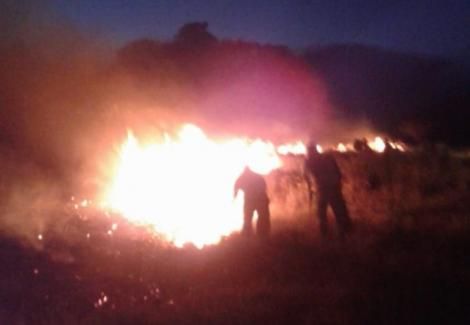
A devastating fire that broke out tonight is destroying thousands of acres of land within...
NEWS
by redazione

Six months ago Malindikenya.net (read here) had responded to the call of Honorary Warden of Malindi and Watamu (the Italian and local residents that help the Kenya Wildlife Service to protect nature and animals, to enforce the rules...
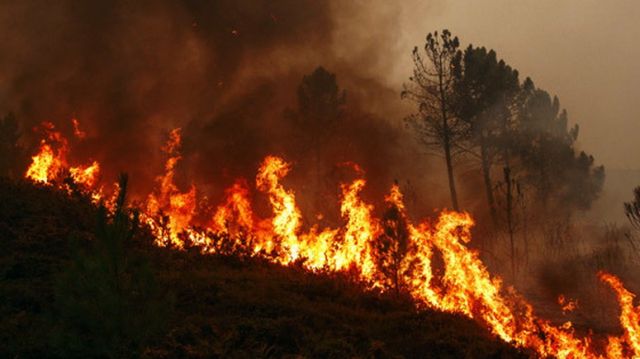
The large fire that broke out last night in the vast area around the Tsavo Ovest National Park slowly...
NATURE
by Leni Frau
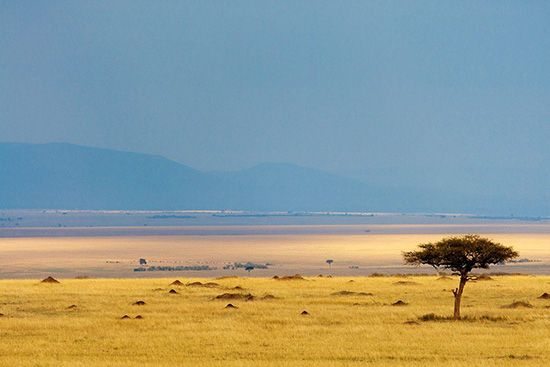
The most prestigious international magazine (and tv channel) of Nature has decided that the...
STORIES
by Antonio Altieri

Tsavorite turns fifty.
The green stone named after Tsavo National Park was discovered in 1967 by the Scottish geologist Campbell Bridges.
Since then it has become increasingly famous abroad in Kenya and Tanzania, the only countries in which it is...
SHOWS
by Leni Frau

Freddie and Sbringo's animals return for the fourth week in a row to the Baby Marrow of...